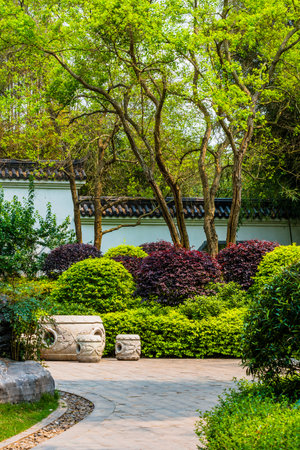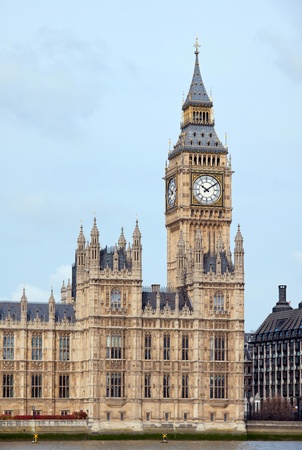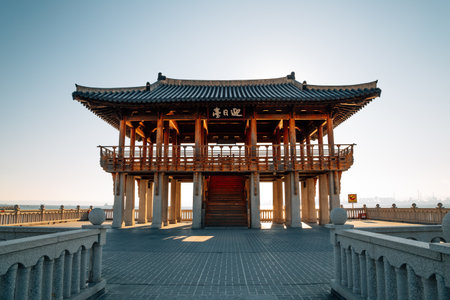How to Cleanse and Energise Mirrors: Rituals and Practical Tips for British Households
Introduction: The Significance of Mirrors in British HomesMirrors have long held a cherished place within British households, weaving together threads of history, culture, and daily living. From the ornate gilt-edged mirrors that graced Victorian hallways to the sleek, minimalist pieces adorning today’s contemporary flats, these reflective surfaces are more than mere decorative accents. In Britain,…








